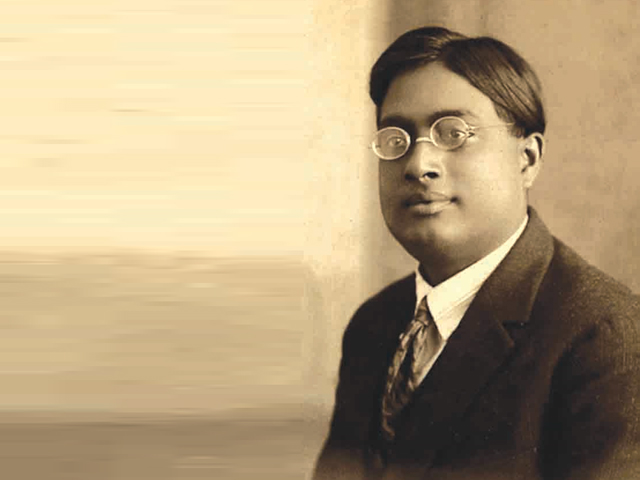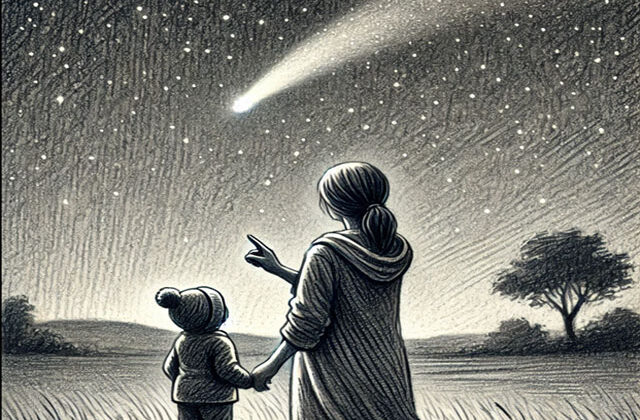DR.SUNDAR RAM MBBS., MD, FABULOUS PERSONALITIES- 10

DR. SATYENDRA NATH BOSE
(JAN 1 1894- FEB 4 1974)
satyendranath bose became a legendary figure of science in India in the 20 th century with his revolutionary discovery on the nature of radiation. He is best known for his work on Quantum mechanics providing the foundation for Bose-Einstein statistics and the theory of the Bose-Einstein condensate.
EARLY LIFE
Bose was born on January 1, 1894 in Calcutta (now Kolkata), India. He attended Presidency college , where he took an intermediate science course and studied with renowned scientists Jagdish Chandra Bose and Praufulla Chandra Ray. He received a Bachelor of Science in mixed mathematics in 1913 from Presidency college and a Master of Science in the same subject in 1915 from Calcutta University. Bose’s mathematical skills were further honed by his father who had a great interest in mathematics and science.
CAREER AND RESEARCH
Instead of opting for a Ph.D, Bose decided to join the Calcutta University as a research scholar in 1916. He took up studies in the theory of relativity and served as a physics lecturer. In 1917 , he published his first paper on Quantum statistics in the Philosophical magazine. In 1921, he joined the Dhaka University’s physics department as a reader. Three years later, he wrote a paper on Planck’s quantum radiation law which was seminal in creating the field of Quantum statistics. His paper was recognized by Albert Einstein who translated and published it in German in the prestigious journal named Zeitschrift fur Physik.
THE ERROR THAT WASN’T
While at the Dhaka university, in one of his lectures describing the photoelectric effect in which he had intended to show his students that theory predicted outcomes were not in accordance with experimental results, he made an embarrassing statistical error that gave a prediction that agreed with observations(which in itself was a contradiction). The error was a simple mistake that would appear obviously wrong to anyone with a basic understanding of statistics, and similar to arguing that flipping two fair coins will produce two heads one third of the time. However, it produced correct results, and Bose realized that it might not be a mistake at all. Physics journals refused to publish his paper in contention that he had presented to them a simple mistake, and his findings were ignored. Einstein later adopted the idea and extended it to atoms(Bose applied it on photons) which led to the prediction of the existence of phenomenon known as Bose-Einstein condensate.
HONOURS
- He was appointed as the president of the National Institute of Sciences in 1949.
- He served as a Rajya Sabha member for six years from 1952-1958.
- He was honored with Padma Vibhushan by the Indian government in 1954.
- In 1958, he became a fellow of the Royal society.
- In 1959, Bose was appointed as the National Professor, the highest honour in the country for a scholar, a position he held for 15 years.
- He served as General president of the Indian Science Congress.
- In 1986, the Indian government established the S.N.Bose National Centre for Basic Sciences in Salt lake,Calcutta.
Although seven Nobel prizes were awarded for researches related to his concepts of Boson(god particle)-Bose Einstein statistics-Bose Einstein condensate, Bose himself was not awarded a Nobel prize.
When Bose himself was once asked that question, he calmly replied , “I have got all the recognition I deserve “-probably because in the realms of science to which he belonged , what’s important is not a Nobel, but whether one’s name will live on in scientific discussions in the decades to come.






